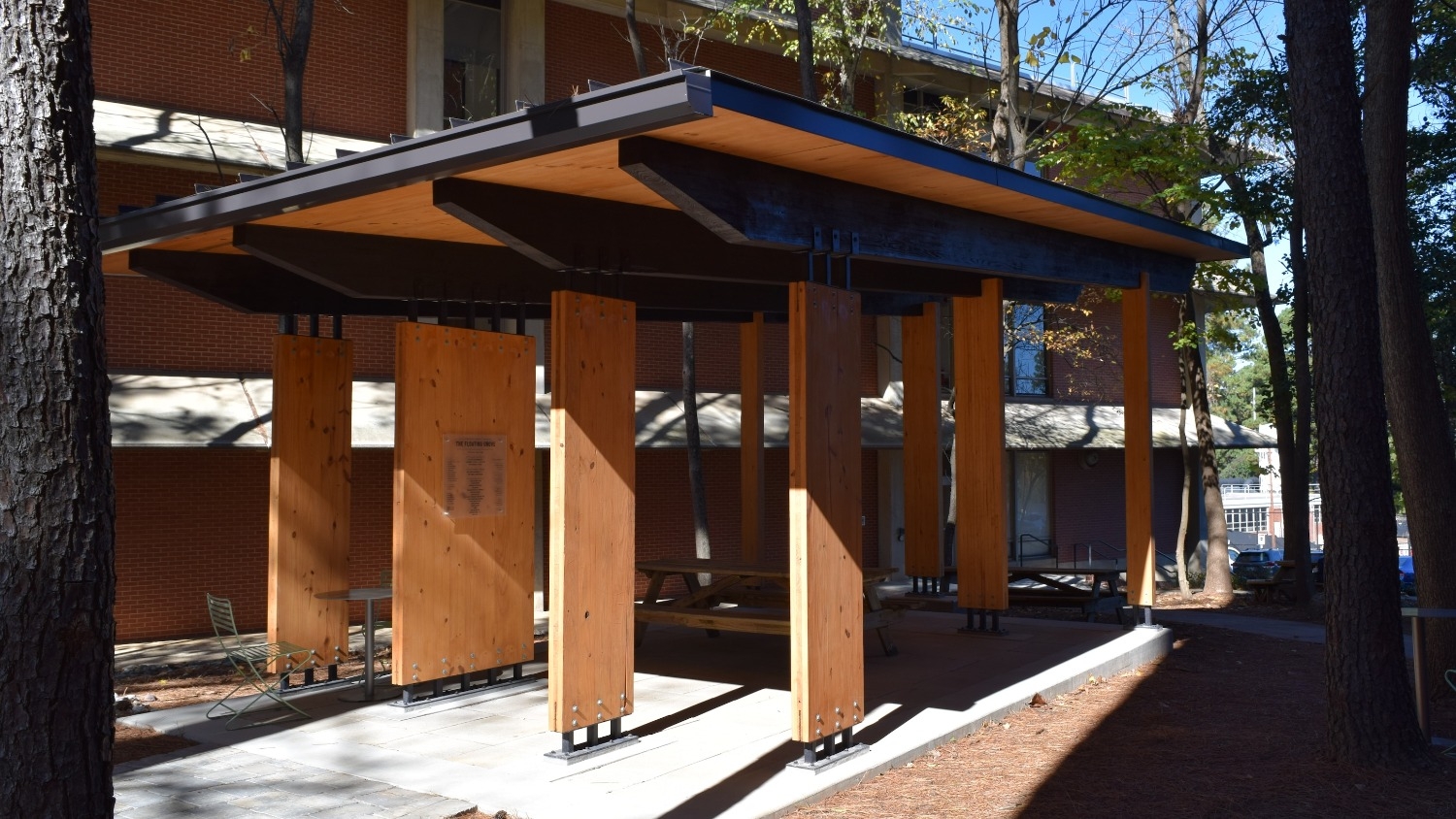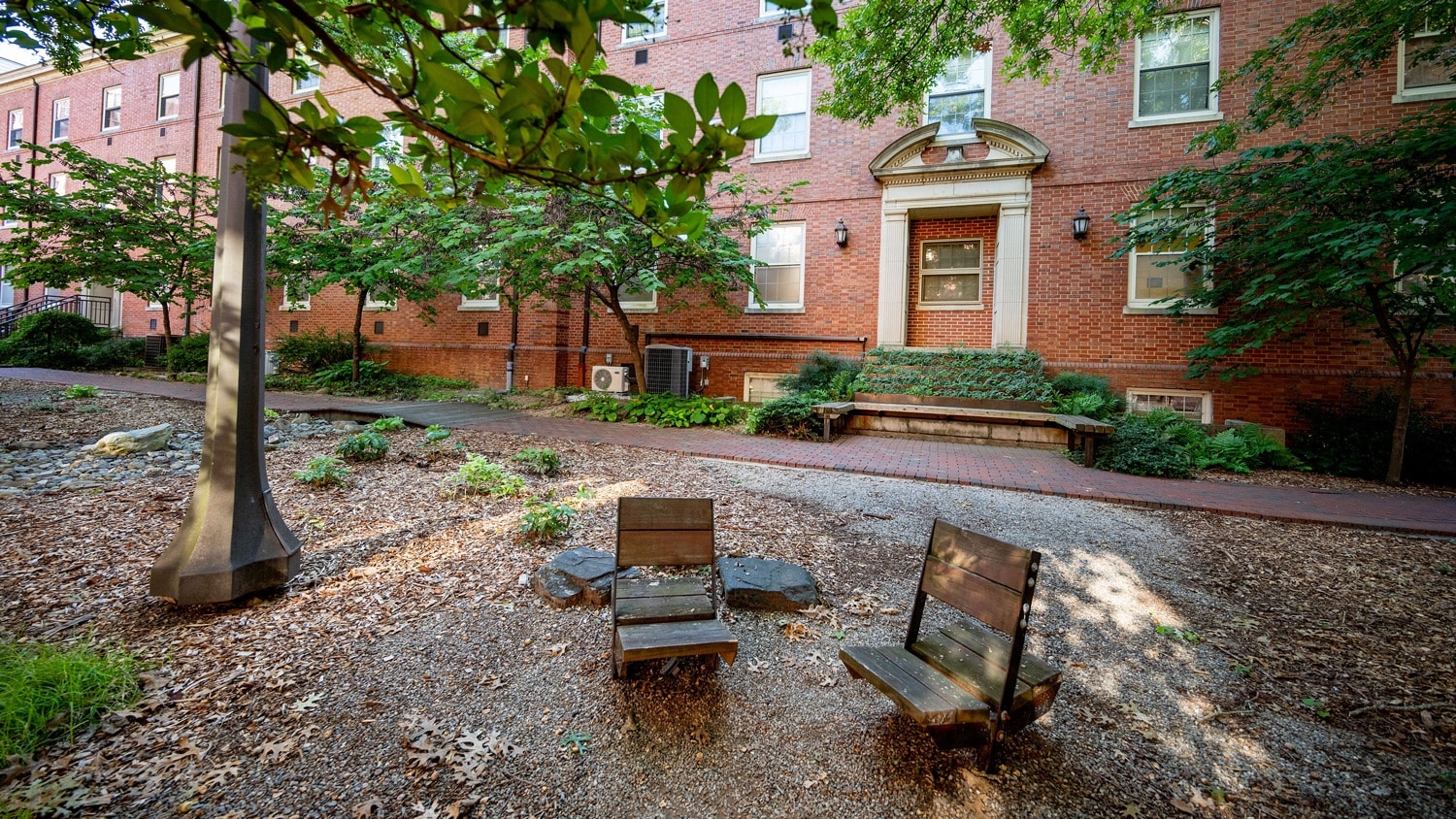Dean’s Charge to the Diversity, Equity and Inclusion Subcommittee

Dean’s Charge
Diversity, Equity, and Inclusion (DEI) Subcommittee
Designing our Community Task Force
August 28, 2020
Dear Members of the DEI Subcommittee:
Thank you for sharing your time and wisdom on this committee; this is important work. While the Designing our Community Task Force addresses general issues of College culture such as creating third spaces, addressing acoustics and lighting in studios and critique spaces, and creating policies that benefit our community, I ask that this subcommittee address issues of systemic racism as it relates to design in general and our College more specifically. We have been committed to work in this area, as evidenced by our work through programs in several areas:
- The K-12 Design Lab’s Reach Out program brought after-school design lessons to underserved high schools and evolved into a field trip program which brings students and teachers to visit the College of Design. They have also offered classes to teachers and counselors of those schools to highlight fields of design as career paths, share portfolio requirements, and other information about the unique application processes at the College of Design. Finally, over the past six months, they have developed a series of free videos that students can view from home to learn more about design.
- The Urban Design Conference explored ways that the design community engages with issues of systemic racism in zoning, urban design, and the real estate industry by exploring how urban renewal, highway construction, and regulatory practices tore apart minority and low-incoming communities.
- The Listening Session on Race, Diversity, Equity and Inclusion gave students an opportunity to share open and honest dialogue as well as anonymous questions and comments with the College of Design leadership.
Yet there is much more work to be accomplished. Let me explain:
It is painful to watch news reports about continued police violence against Black people, such as Jacob Blake, Elijah McCain, Tony McDade, or Ahmaud Arbery. It is also painful to witness silence from public institutions in response to that violence or to hear overt and crude racist remarks, including fear-mongering and hate. But the violence and the silence are part of a problem deeply embedded in the fabric of our society. Any honest analysis cannot escape the conclusion that by almost every measure Black Americans have less opportunity compared to white Americans. And that lack of opportunity shows up in health, longevity, career, wealth, incarceration, and many other statistics (https://www.businessinsider.com/us-systemic-racism-in-charts-graphs-data-2020-6). The violence we’ve witnessed is only the most horrific manifestation of systemic racism that runs through the currents of our country. Therefore, every individual and every institution has both a responsibility and opportunity to correct the longstanding actions and policies that reinforce it. The College of Design is not an exception.
I believe this starts with a personal journey for each of us. If you happen to be a person of color, you’ve been on that journey your entire life. Others are at various stages in their understanding of both the prevalence and extent of the problem. Wherever you are on your personal journey, I ask you to seek actual information (evidence) and be open to the implications for your life and the life of our College.
I also ask this subcommittee to take a careful look at our college to assess how we participate in systemic racism and how we can change that. I’ve organized my thoughts into several categories that might be helpful to structure your work. They are:
- Student access to the College of Design: The design professions will only become more diverse if we graduate more people of color. How can we be more intentional in our recruitment through outreach to HBCU’s, underserved high schools, virtual videos, lesson plans, and online portfolio workshops?
- Role models in the classroom, design research labs, and college leadership: Students need role models who look like them and share their cultural backgrounds. How can we be more intentional in hiring faculty and staff of color and promoting them to leadership?
- Antiracism in the college curriculum: How can we embed social justice in the curriculum? How has design contributed to systematic racism? How can we now unleash its power to help stop it?
- Community: We’re all in this together. Can we develop forums to talk about difficult issues while maintaining the esprit de corps we currently enjoy? How can we partner with existing groups at NC State such as the African American Cultural Center? Above all, I ask you to clothe your work in kindness and human decency, for I’m convinced these qualities drive everything else.
- Action: Design is predisposed to action. I ask for actionable plans that account for the pace of change… but help us move with greater urgency. Let’s generate and test ideas in real time. After all, we are the College of Design.
Once again, thank you for your commitment to a more diverse, equitable, and inclusive College. Good luck in your work. Please keep me informed.
Yours sincerely,
Mark Elison Hoversten
Dean, College of Design
NC State University


